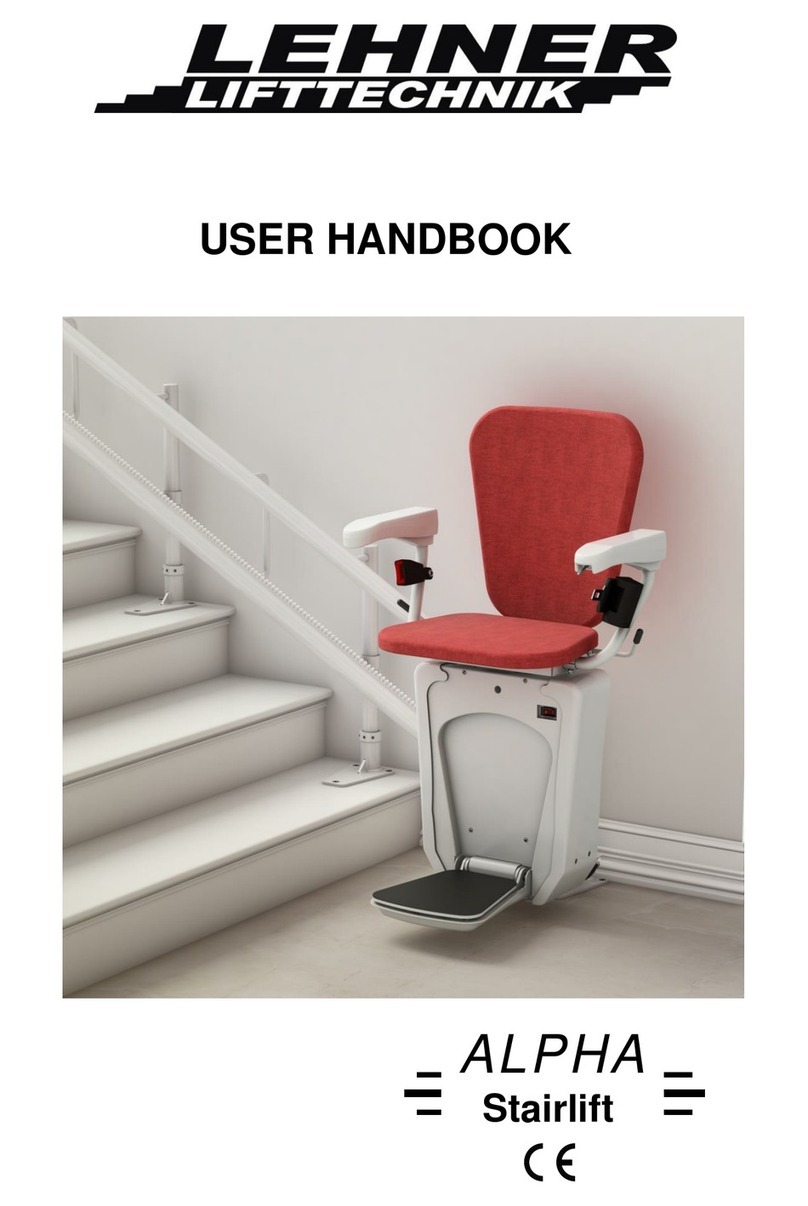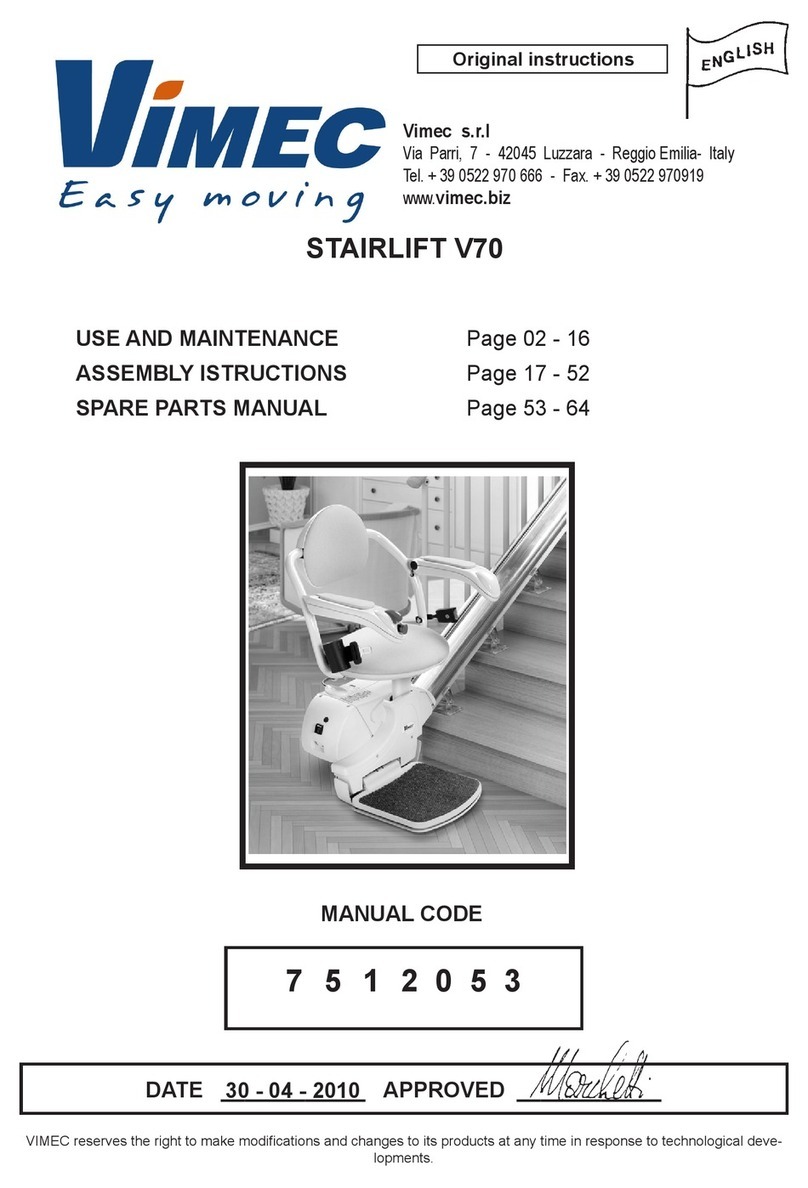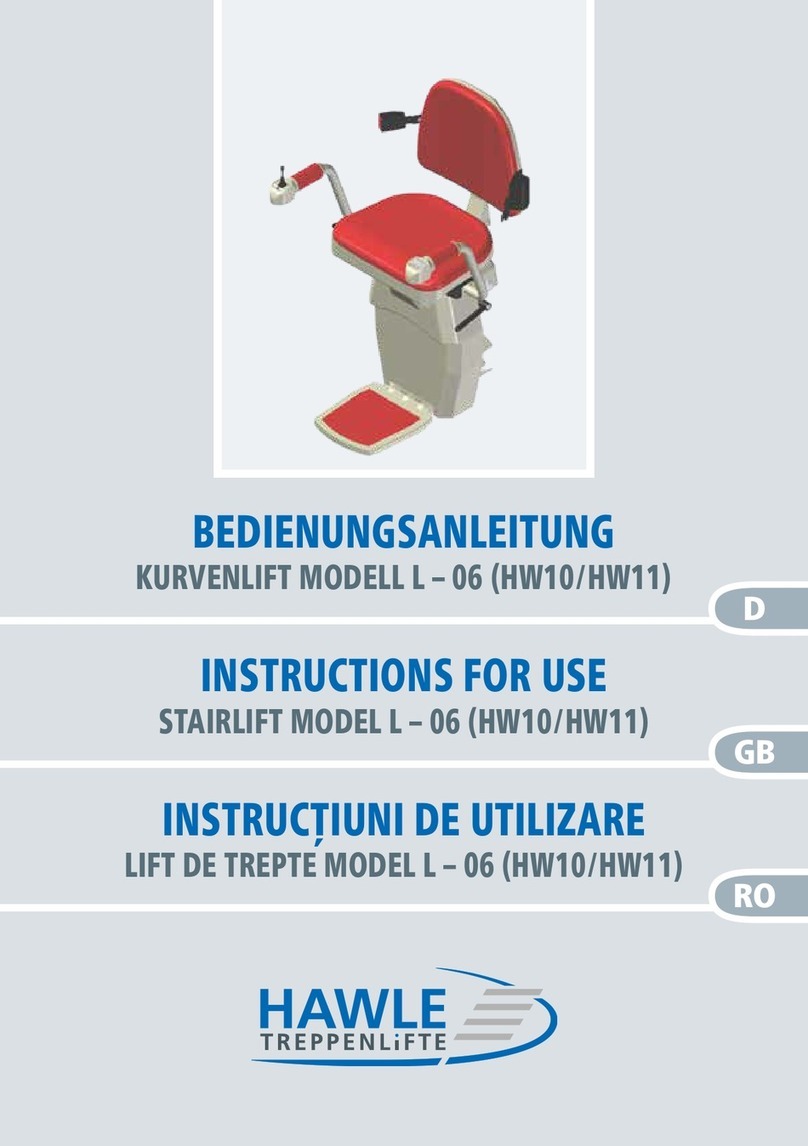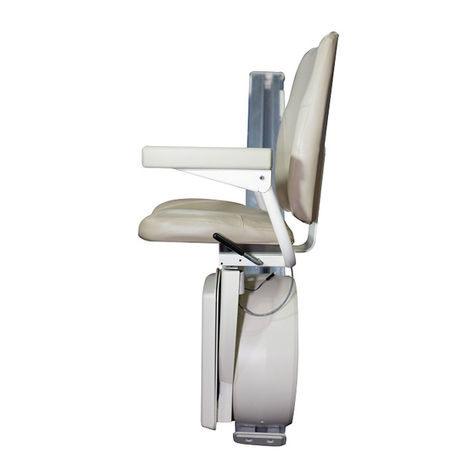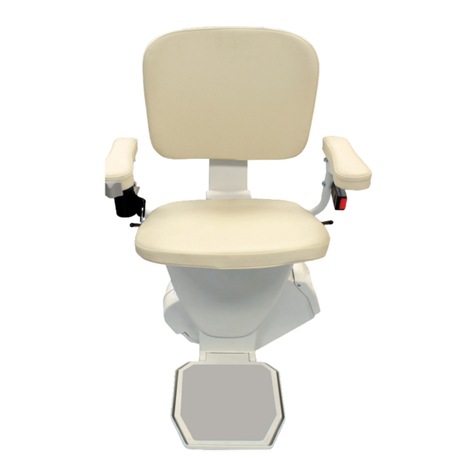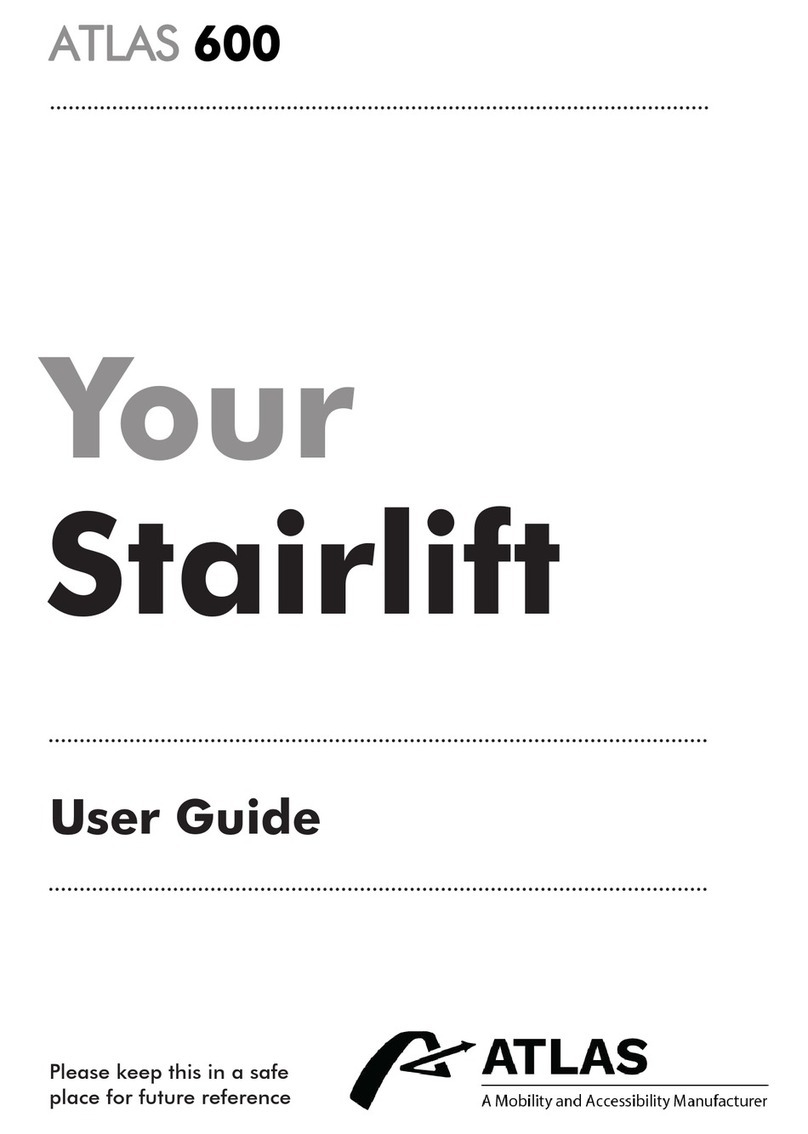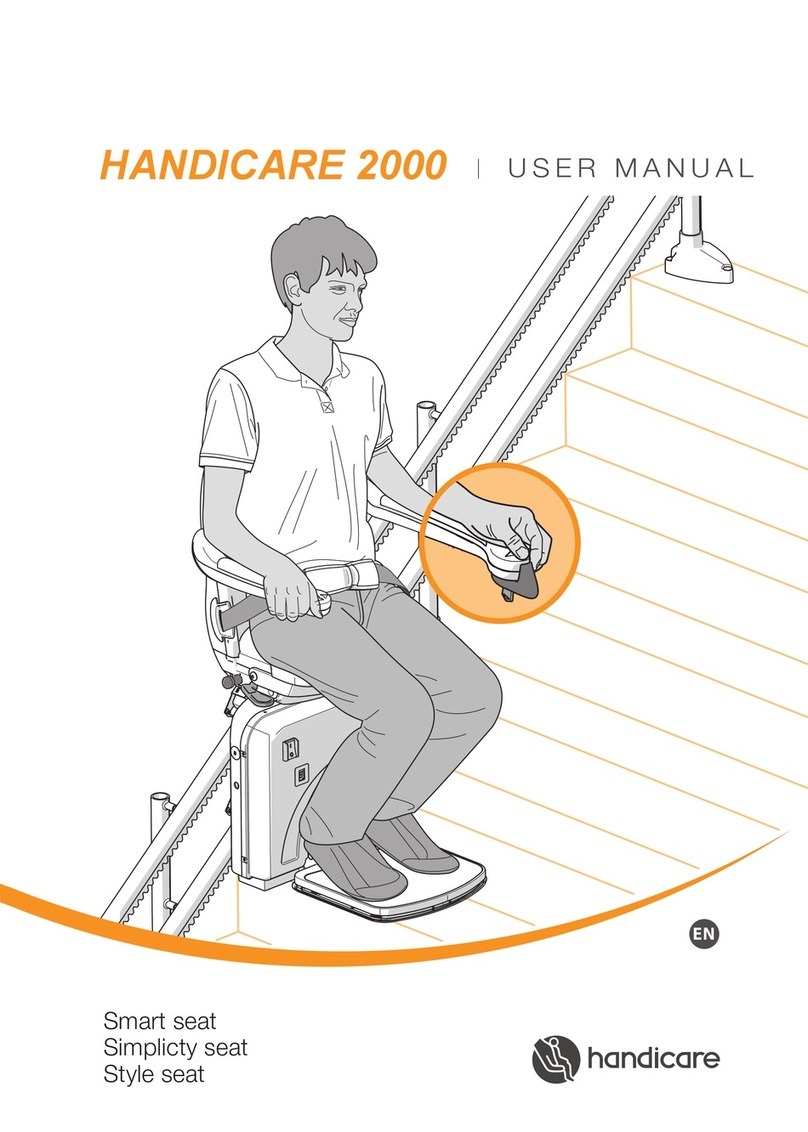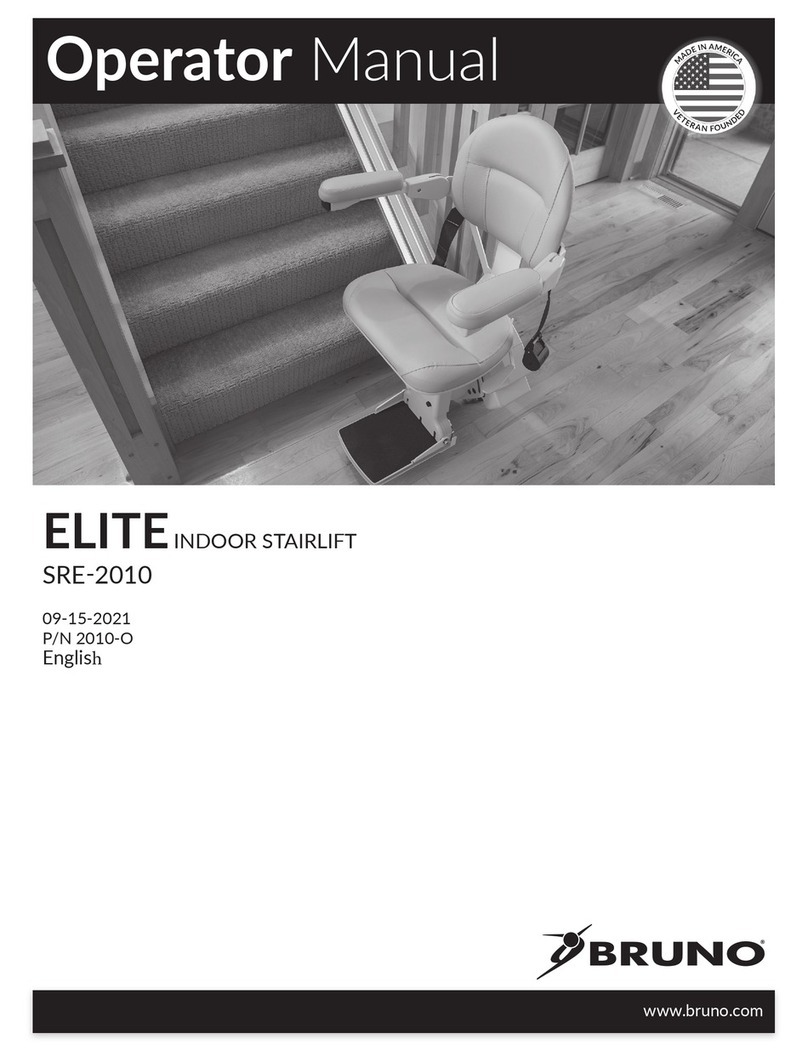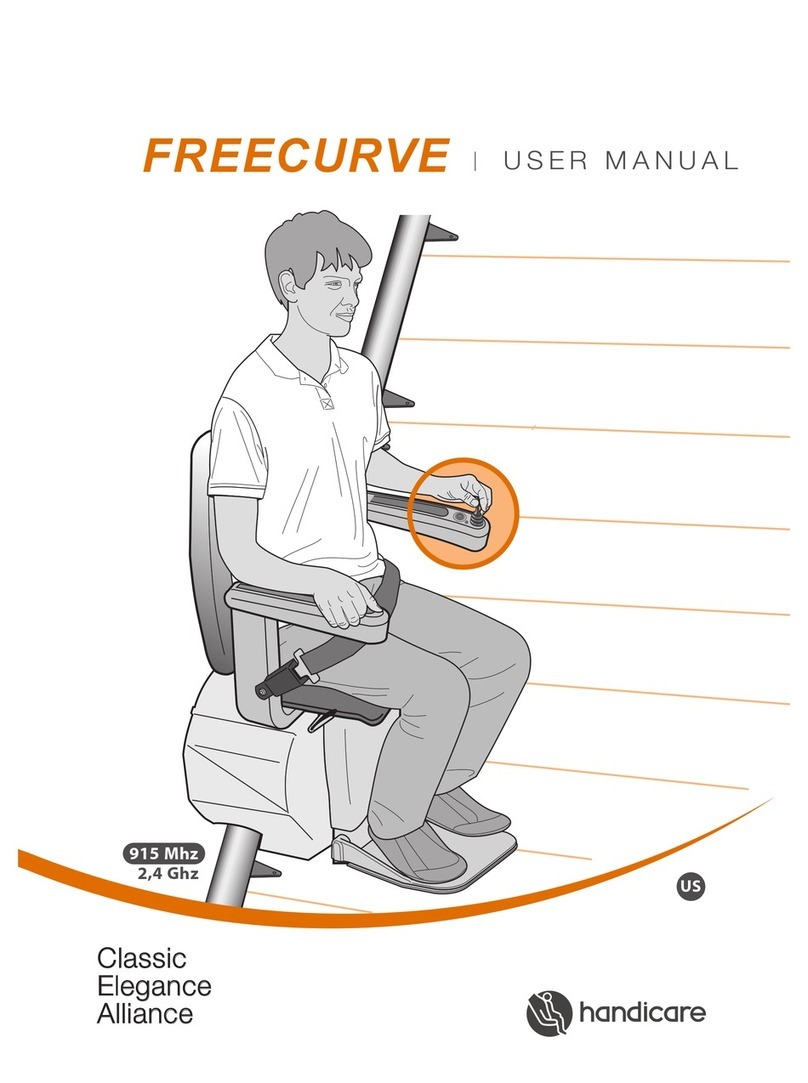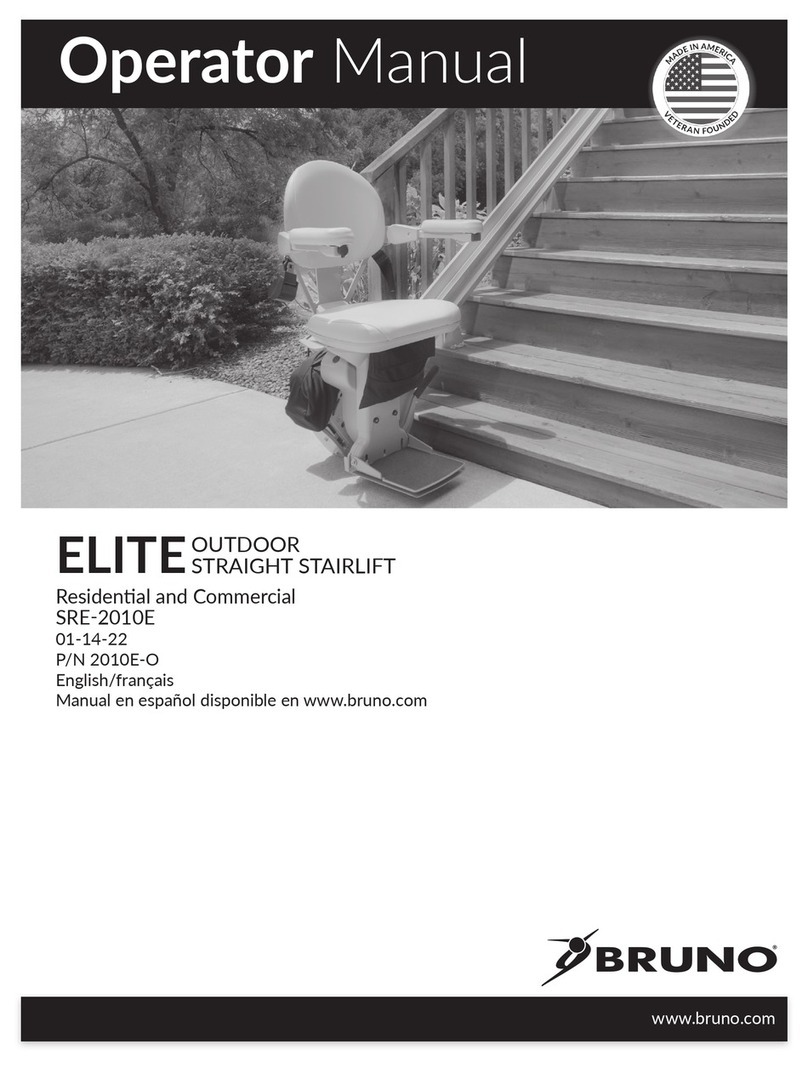
Table of contents
CE Declaration of conformity ............ 2
Table of contents ................. 3
1 General information..................... 5
1.1 Instruction .................... 5
1.2 Care and maintenance ............... 5
1.3 Warranty and liability................ 5
2 Description of the product.................. 6
2.1 Adequate use ................... 6
2.2 Features of the C-max ............... 7
2.3 Technical data................... 7
3 Assembly.......................... 8
3.1 Attach the back rest to the climbing frame ..... 8
3.2 Affix the back rest ................. 8
3.3 Attach the C-part plus seat to the climbing frame . . 8
3.4 Affix the C-part .................. 8
3.5 Helix cable .................... 9
3.6 Attach the battery pack............... 9
3.7 Detach the battery pack .............. 9
3.8 Arm rests ..................... 10
3.9 Handles ...................... 10
4 Safety instructions ..................... 11
4.1 Instruction .................... 11
4.2 Safety brakes ................... 11
4.3 Lining of the climbing foot ............. 11
4.4 Lifting capacity .................. 11
4.5 Care and maintenance ............... 11
4.6 Condition of paths, walkways etc. .......... 11
4.7 Charge of the batteries ............... 11
4.8 Transport ..................... 11
5 Operation ......................... 12
5.1 Maximum lifting capacity.............. 12
5.2 Control light .................... 12
5.3 Helix cable connector ............... 12
5.4 Battery pack .................... 12
5.5 Safety brakes ................... 12
5.6 Lining of the climbing foot ............. 12
6 Instructions for operation .................. 13
6.1 Operational components .............. 13
6.2 Single step control ................. 14
6.3 Climbers ..................... 15
6.4 Safety brakes ................... 15
6.5 Transportation of person with the C-max .... 16
6.6 Operation on level ground ............. 17
6.7 Adjust the handles ................. 17
6.8 Tilting the stair climbing system .......... 18
6.9 Operation on slopes ................ 18
6.10 Climbing upstairs ................. 19
6.11 Climbing downstairs ................ 22
6.12 Laying the C-max on the stairs ........... 24
6.13 Transport ..................... 24
3
C-max

